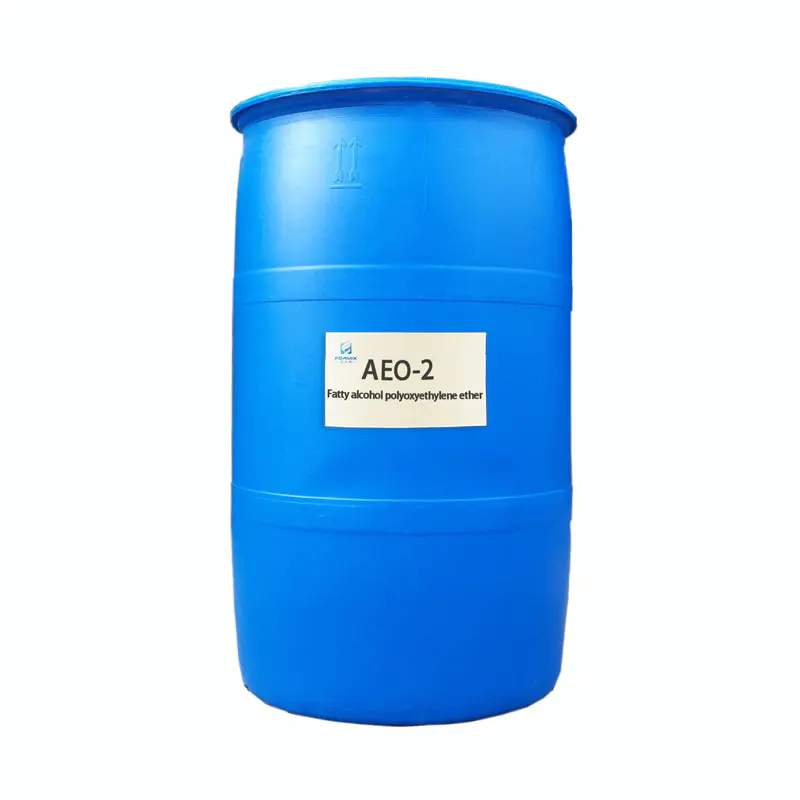The development process and direction of surfactants
2025-03-24
The earliest application of surfactants can be traced back to ancient times, such as the olive oil soap used by ancient Egyptians in bathing, but it was not until the mid-19th century that people began to study and produce modern surfactants such as soap, petroleum sulfate, etc.
In 1916, German chemist Fritz Haber invented a mixture of ammonia and petrochemical products called "A-agent". This mixture can be used to make soap and detergents, but it contains high concentrations of toxic gases and is dangerous, so researchers began to look for safer and more effective alternatives.
In 1927, American chemist Eco Winfield and Haber collaborated to invent a new surfactant that uses ethoxylated chemicals to replace toxic gases, which is safe and more effective. This is a milestone in surfactants, which has promoted the application of surfactants in industrial and consumer fields.
After the 1920s, the research on synthetic detergents made a major breakthrough, and people discovered new surfactants, such as sodium alkylbenzene sulfonate, alkyl sulfonate, etc., which are extremely effective and widely used.
In the 1960s, due to the increasing prominence of environmental pollution, people began to study and develop environmentally friendly surfactants, such as non-ionic surfactants, biodegradable surfactants, etc. In recent years, people have begun to study and develop surfactants with more functions, such as antibacterial surfactants, antistatic surfactants, etc. Surfactants have undergone a development process from traditional to modern, from low-level to high-level, from pollution to environmental protection, and from single to multifunctional. The development direction of surfactants will be reflected in the following aspects: ① Return to nature; ② Replace harmful chemicals; ③ Wash and use at room temperature; ④ Can be used in hard water without additives; ⑤ Environmentally friendly surfactants that can effectively treat waste liquid, wastewater, dust, etc.; ⑥ Surfactants that can effectively improve the utilization rate of minerals, fuels, and production; ⑦ Multifunctional surfactants; ⑧ Surfactants prepared based on bioengineering using industrial or urban waste; ⑨ High-efficiency surfactants that use compounding technology to produce synergistic effects.


